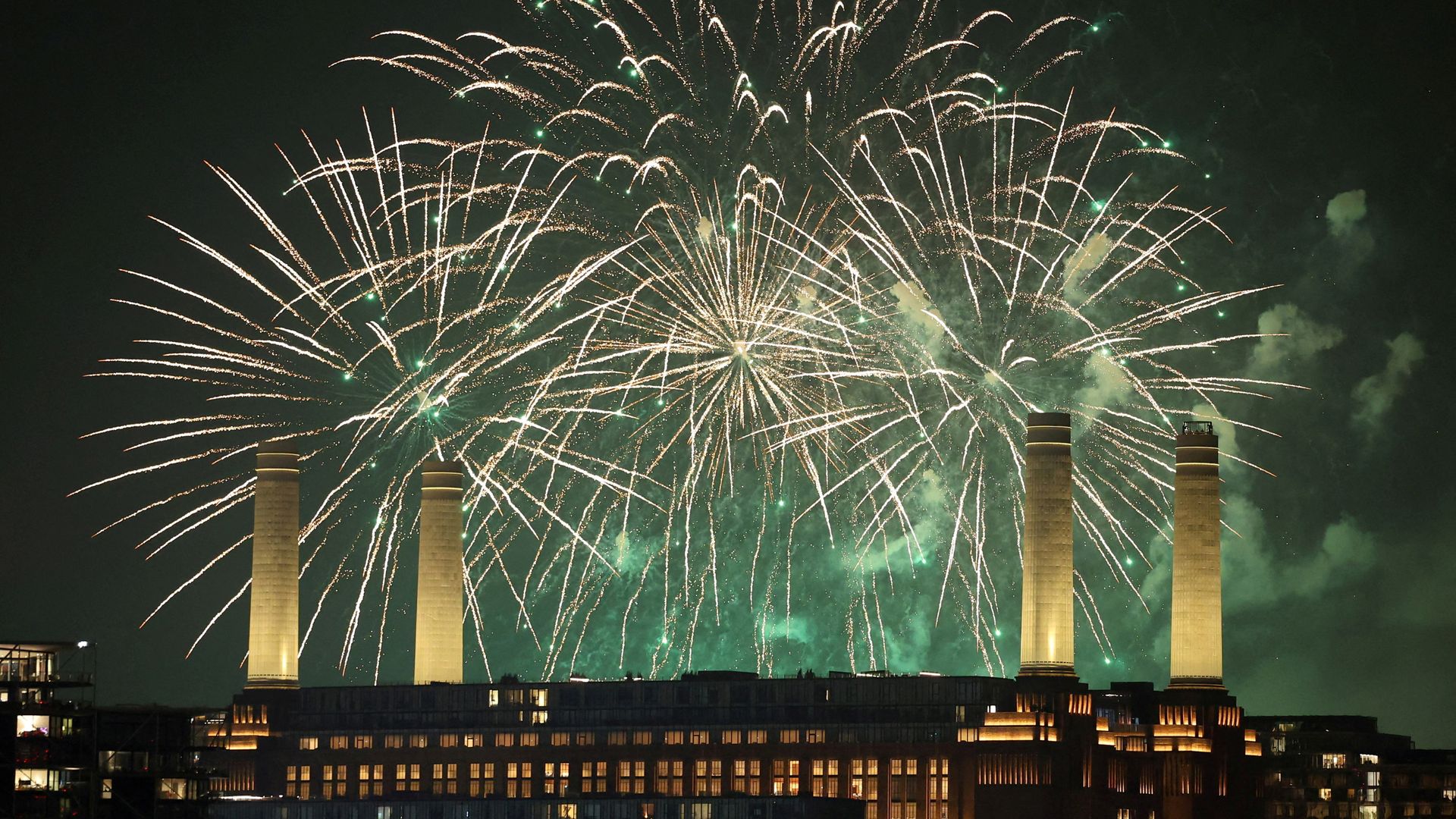
PORTLAND, Maine — Thanks to the sun, geomagnetism and physics, the fabled Northern Lights will likely be visible dancing in the night sky over Maine Thursday night into Friday morning.
But (cue the sad space trombones) the state’s current, ongoing stretch of wet weather will probably prevent witnessing the rare midnight light show.
As of Monday, the National Weather Service in Gray was calling for mostly cloudy skies in the lower half of the state on Thursday night, with a 30 to 50 percent chance of showers. Its counterpart office in Caribou was predicting much the same for its coverage area.
That’s a few days away, however, and weather forecasters are (gasp!) sometimes a bit off with their predictions. So, just in case the forecast improves, let’s get educated on what makes the Northern Lights tick and the best way to view them.
The scientific term for Northern Lights is the aurora borealis — a phenomenon named for the Roman goddess of dawn. The red and green lights appear in the northern sky when space weather, including solar winds or flares, scatter charged particles across the Earth’s tear-shaped geomagnetic field.
That field is centered over the geomagnetic North Pole, a spot which changes over time. Right now, the field is centered a little south west of the northern tip of Greenland. That location favors North America in viewing the aurora.
With normal solar winds hitting the Earth’s magnetic field, the aurora doesn’t usually extend very far south. That makes Northern Lights sightings in Maine relatively rare in comparison to Alaska or northern Canada.
But the sun’s wind and flare activity intensifies and then wanes on a regular, 11-year cycle. It’s been on a major upswing since 2019 and is on its way to peaking again in 2024. The more intense solar winds and flares now emanating from the sun can cause genuine magnetic storms over Earth. One such recent storm caused Northern Lights to become visible as far south as Arizona.
Scientific forecasters at the Geophysical Institute at the University of Alaska at Fairbanks are expecting enough auroral activity on Thursday night for the lights to be visible in 17 states, including Maine.
The other lucky locales are Alaska, Oregon, Washington, Idaho, Montana, Wyoming, North Dakota, South Dakota, Minnesota, Wisconsin, Michigan, New York, New Hampshire, Vermont, Indiana and Maryland.
But the aurora will only delight Mainers if the clouds stay away.
According to the weather service, Maine saw at least some precipitation on all but 10 days in June. So far in July, rain has fallen six out of 10 days. Between now and Sunday, the service is calling for exactly one sunny day — and that’s Wednesday, not Thursday.
But if a miracle occurs and the clouds part at the appointed hour between Thursday night and Friday morning, we just might see the lights here.
However, the phenomenon won’t be directly overhead. It’ll be low and off to the north. Thus, for the best viewing, find the highest spot you can facing north, or at least somewhere with an unobstructed view of the northern horizon. The best time to look for the aurora is around midnight or between 10 p.m. and 2 a.m.
The moon will be up but won’t pose a serious problem as it will be less than half illuminated and not near the northern horizon.
If the aurora is very faint, a tripod-mounted camera shooting at a slow shutter speed will help you make it out.
Should the clouds prove impenetrable this week, don’t despair. As the sun’s space weather activities continue to intensify, we’ll likely have additional Northern Light viewing opportunities in the coming months.
Other celestial events coming to Maine this year include a very partial solar eclipse passing overhead, obscuring 10 percent of the sun, in October. The big, total solar eclipse will occur next spring.
From July 17 to Aug. 24 this year, the Perseids meteor shower will come shooting our way as well. Radiating from the constellation Perseus, the meteors are produced by debris from comet Swift-Tuttle, discovered in 1862. It’ll be peaking at about 60 shooting stars per hour on Aug. 12 and 13. A crescent moon won’t be bright enough to spoil the show, either.
But those clouds still could ruin everything.












